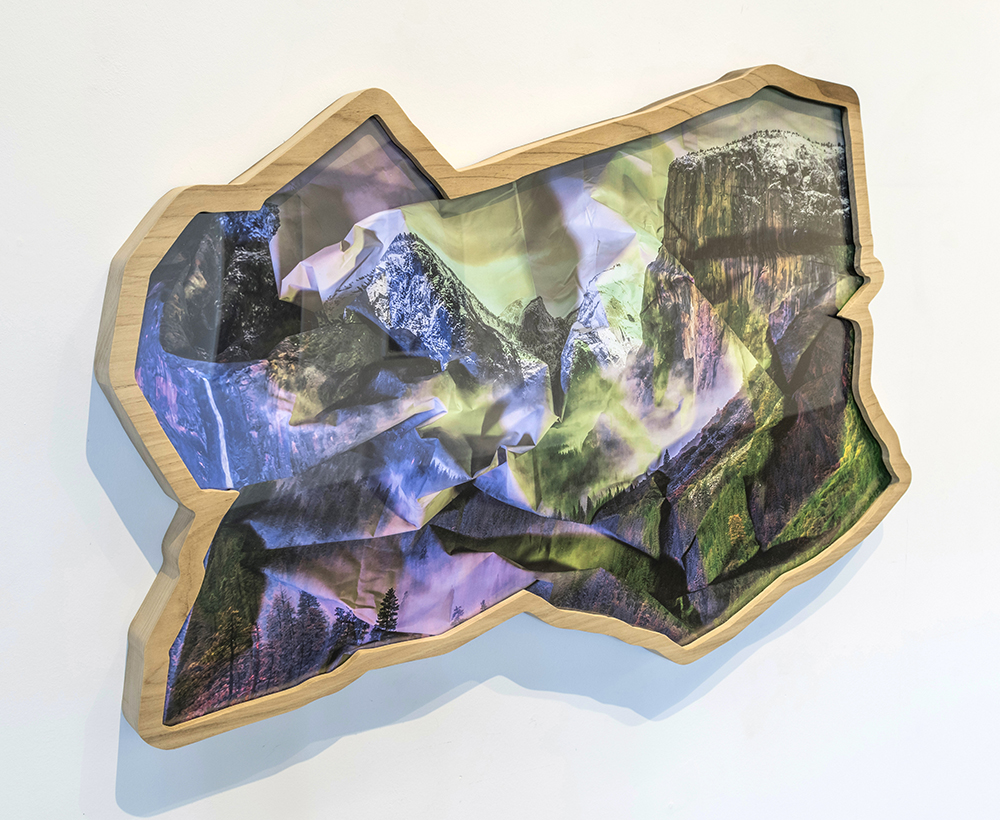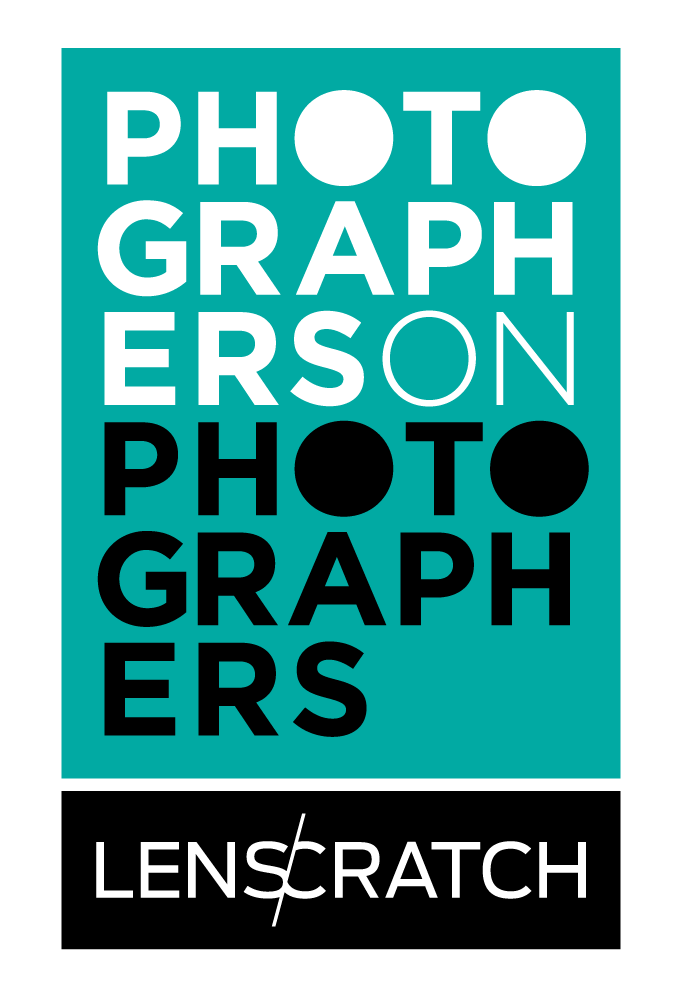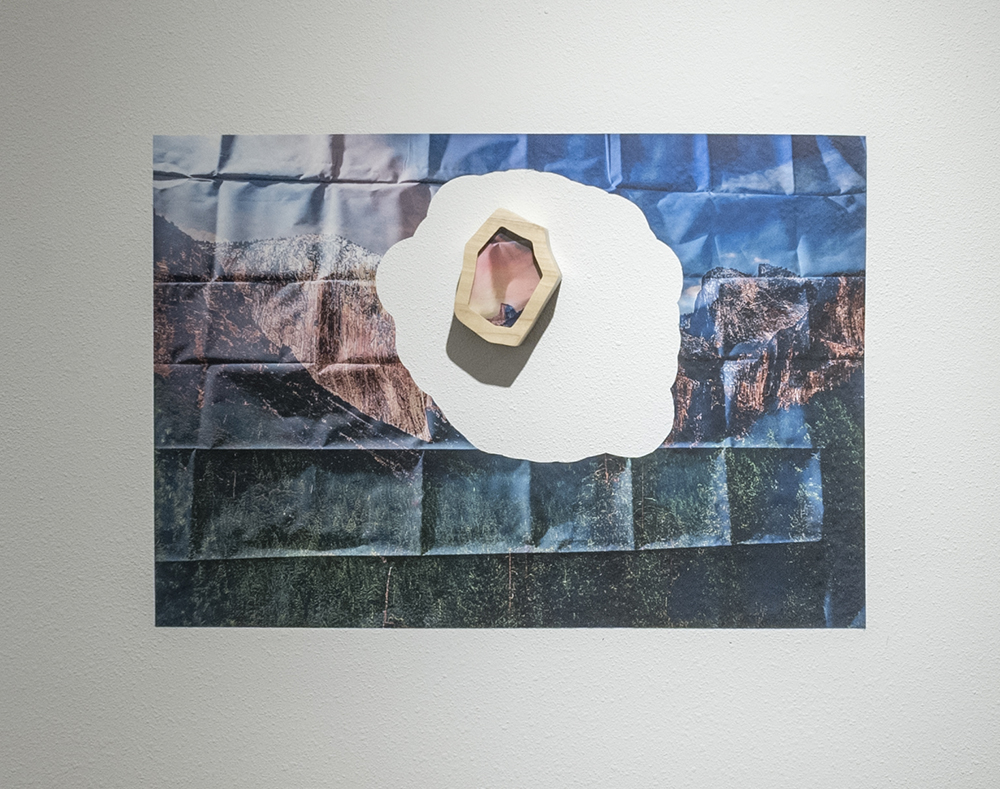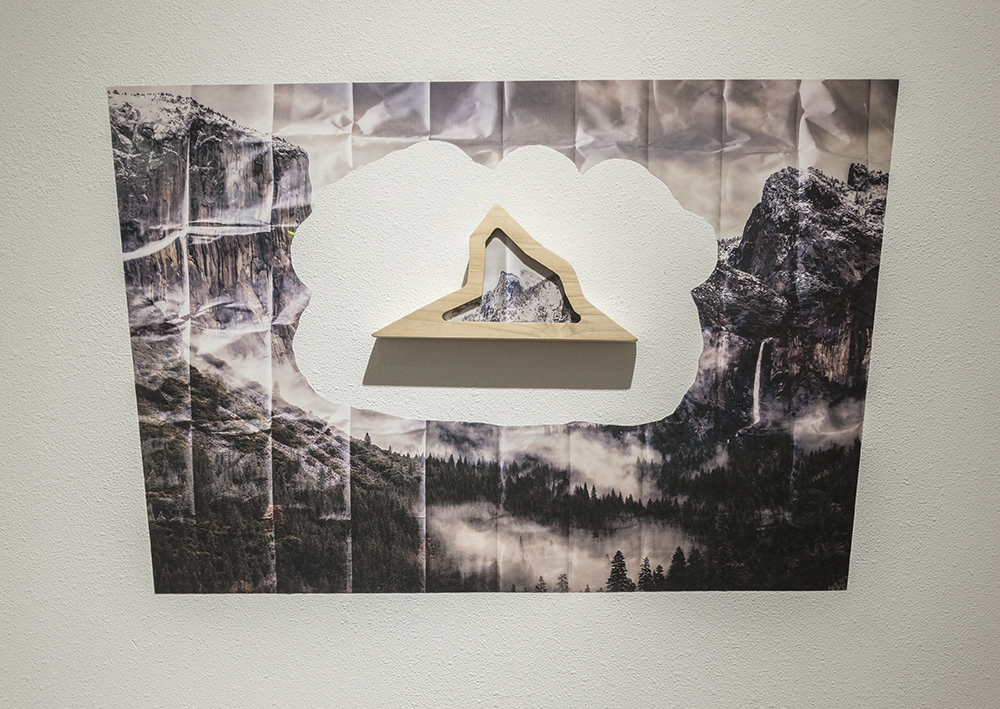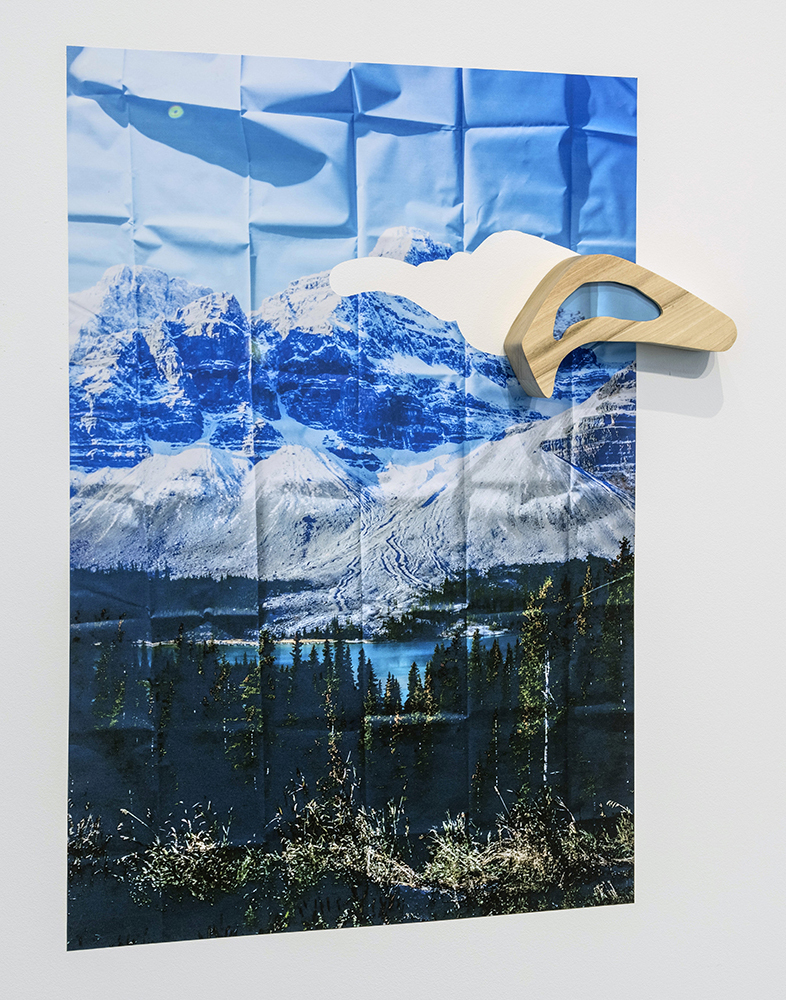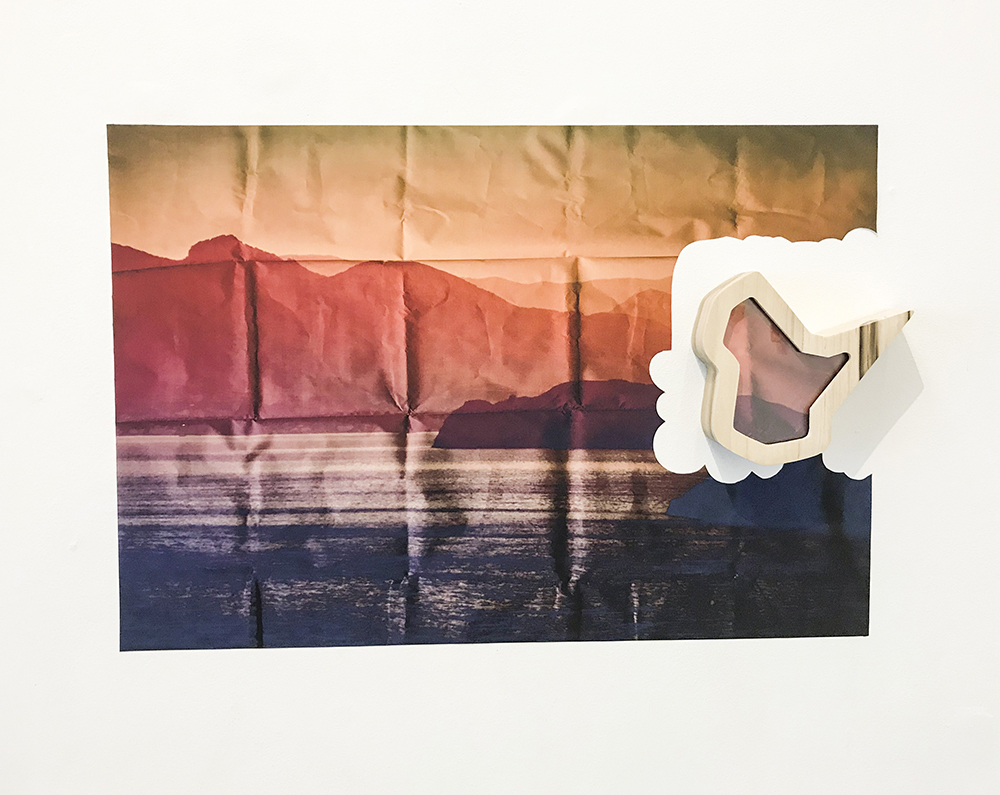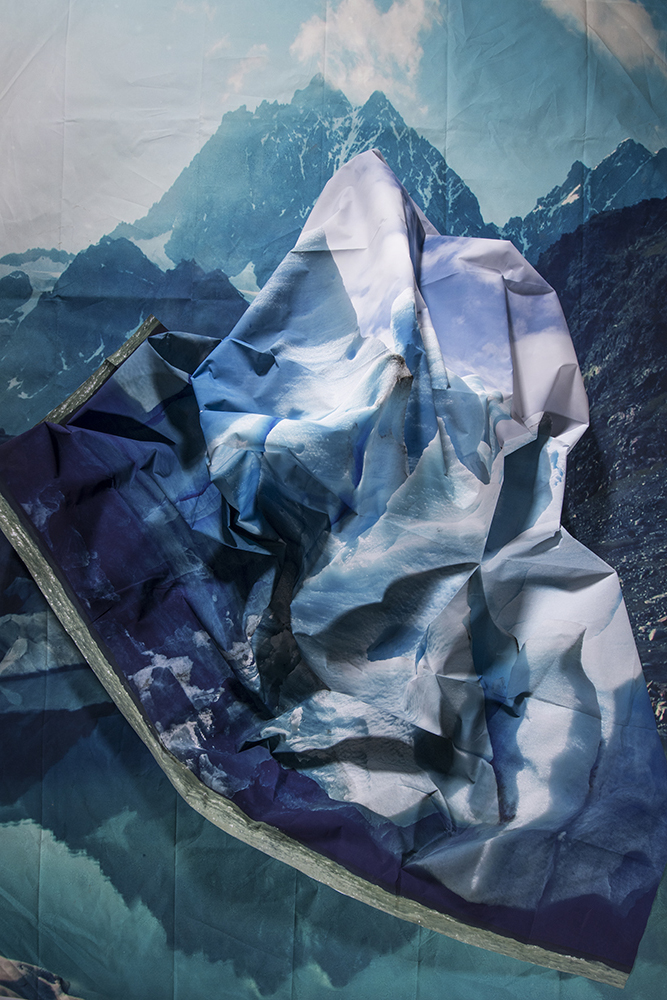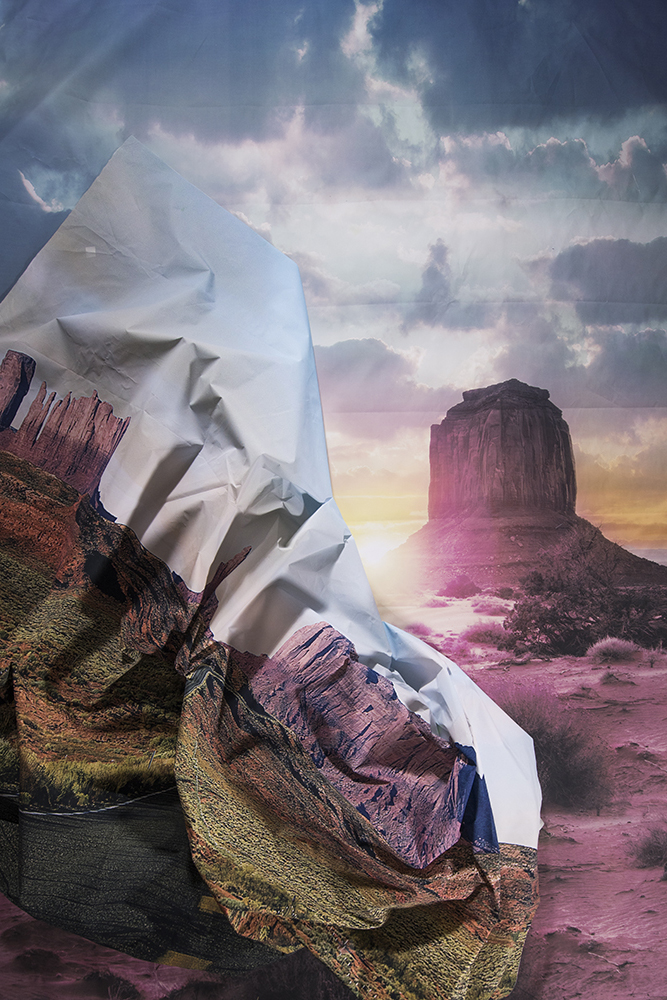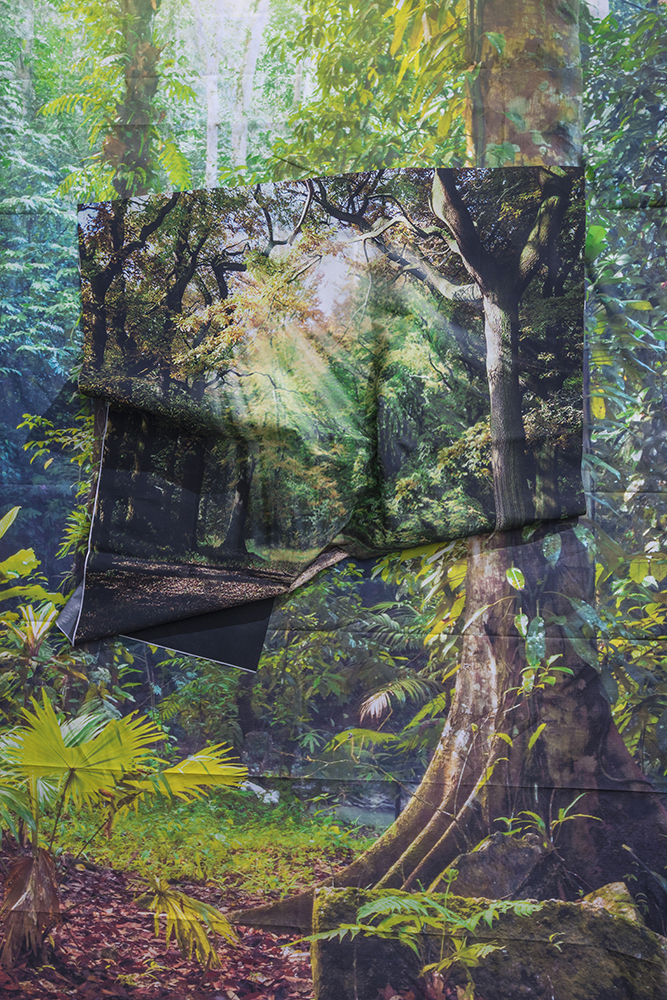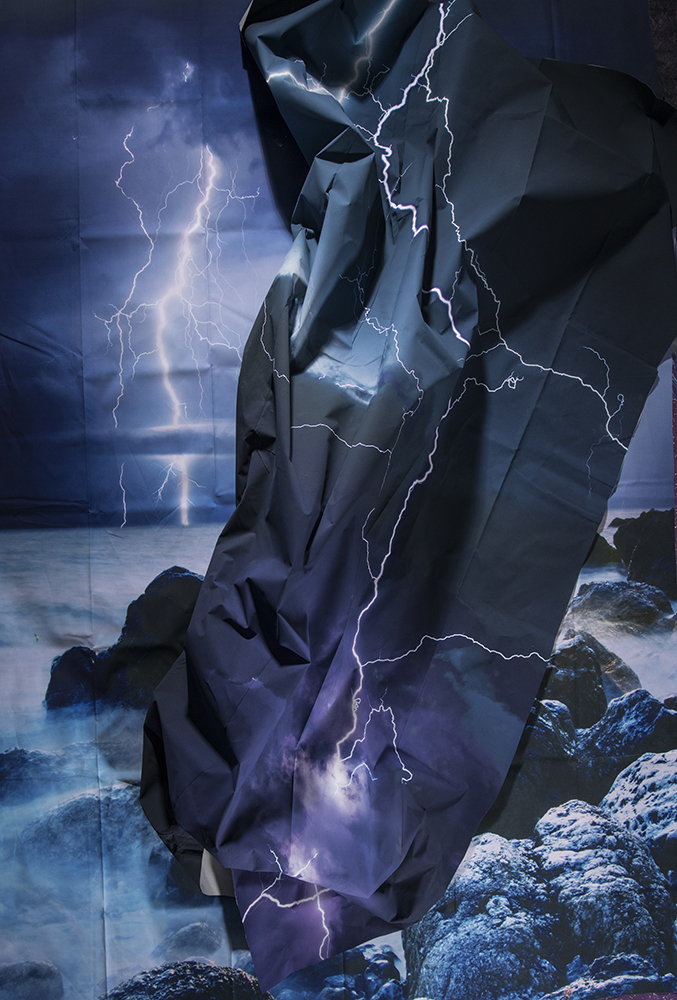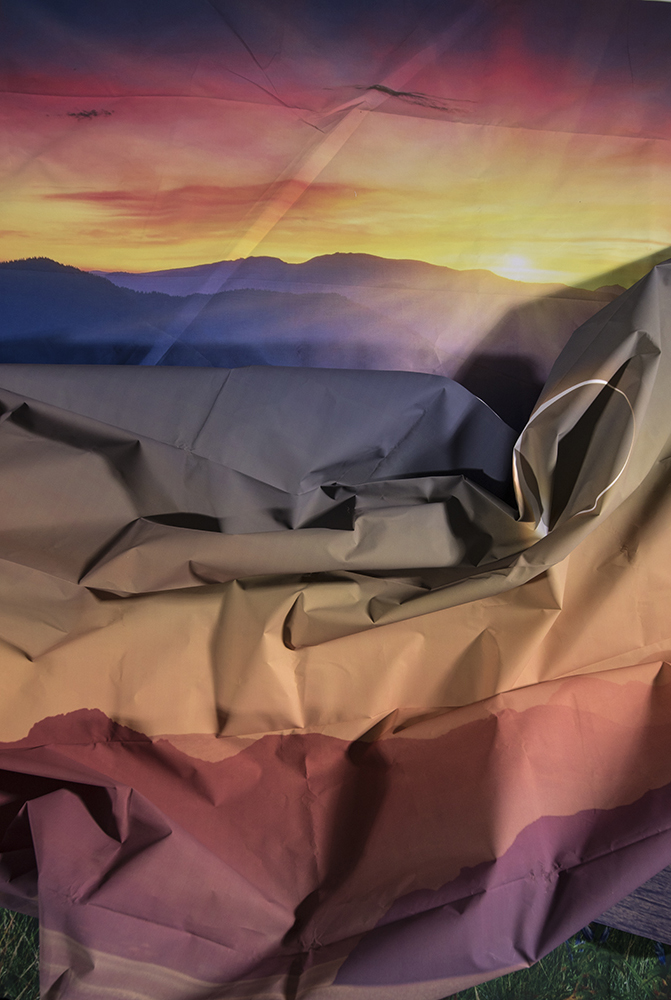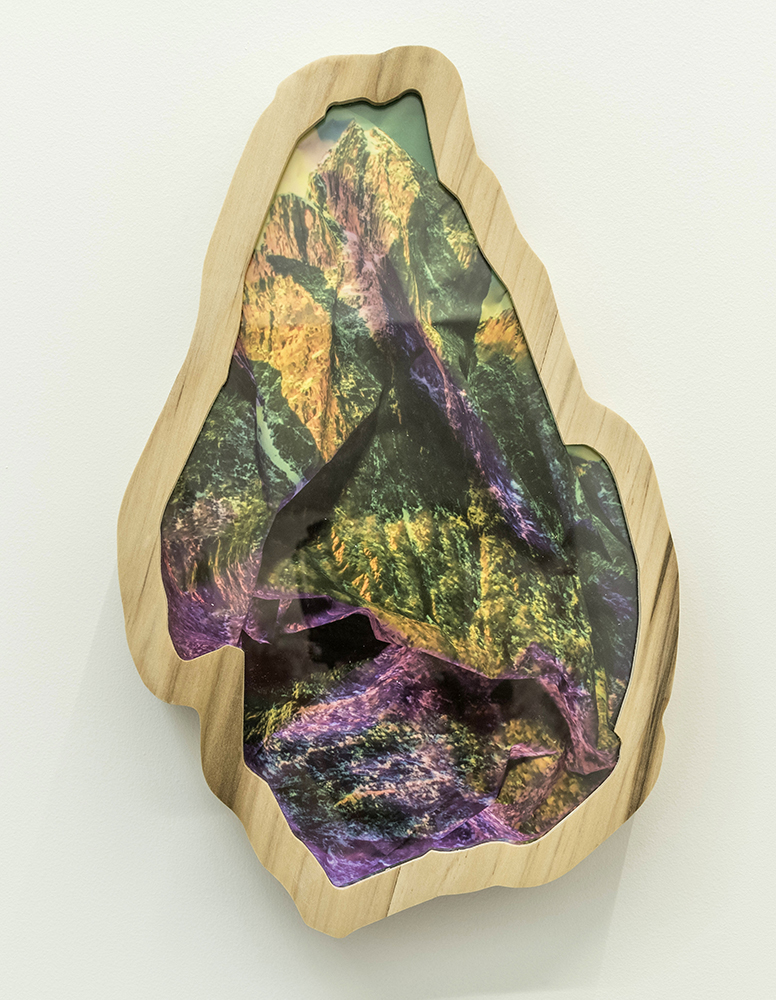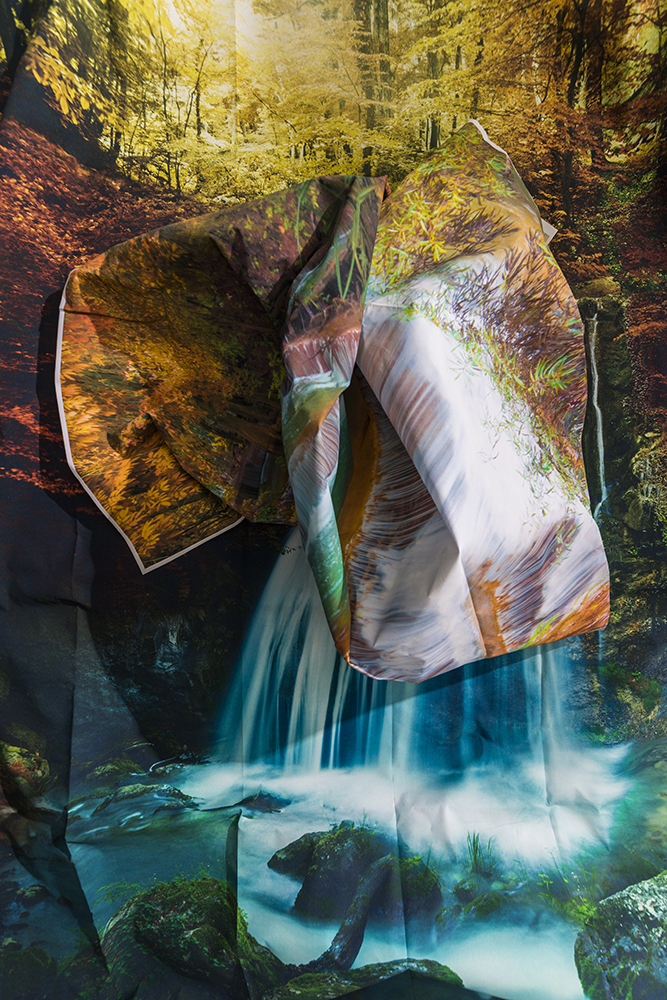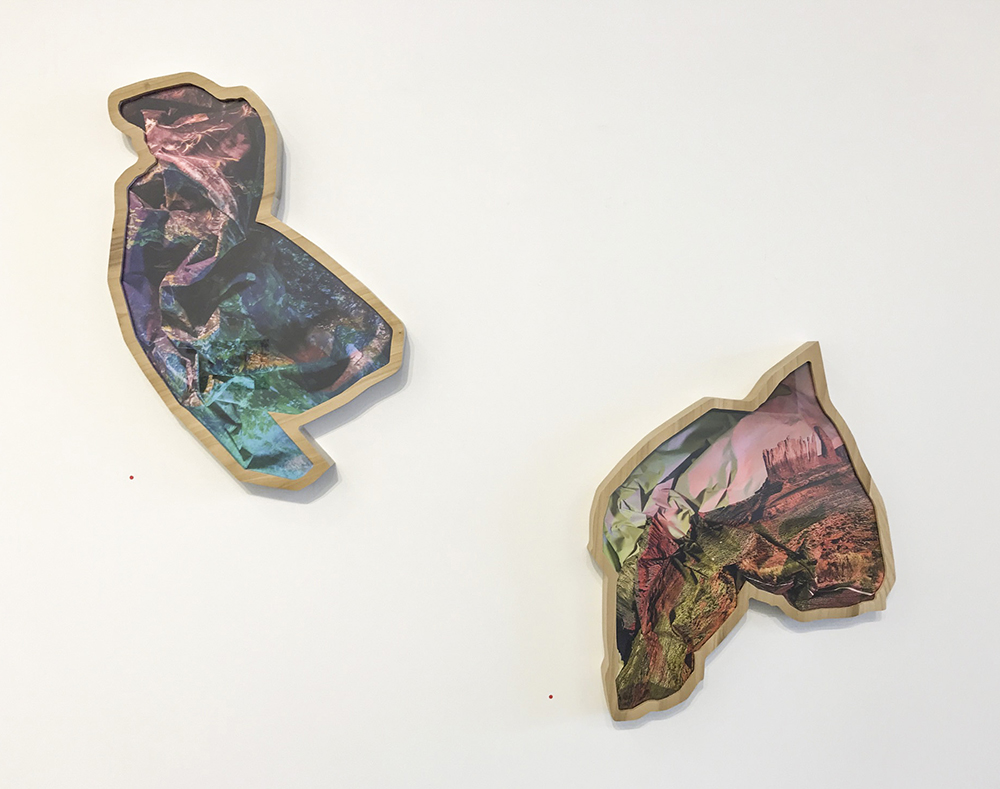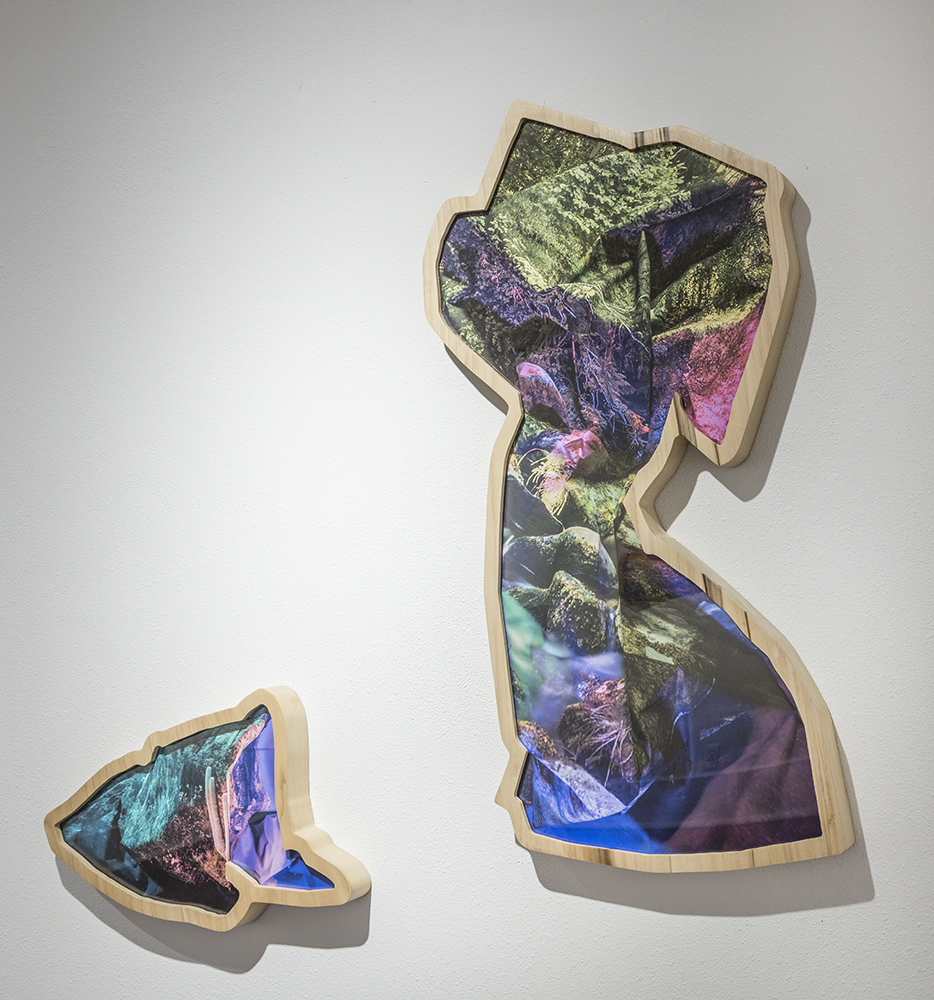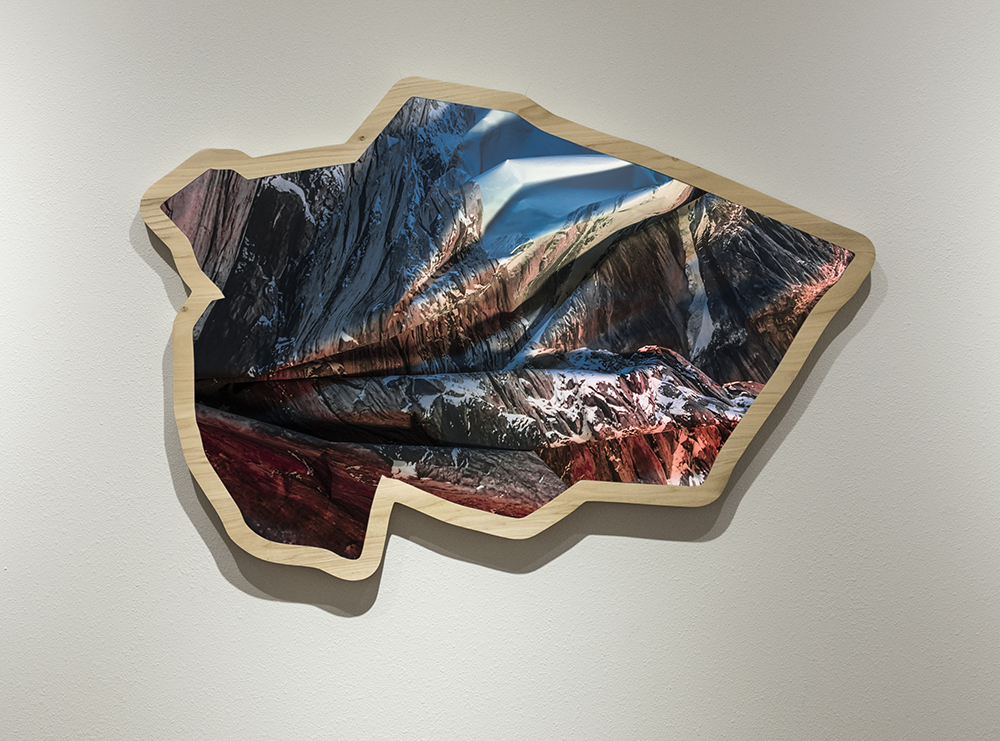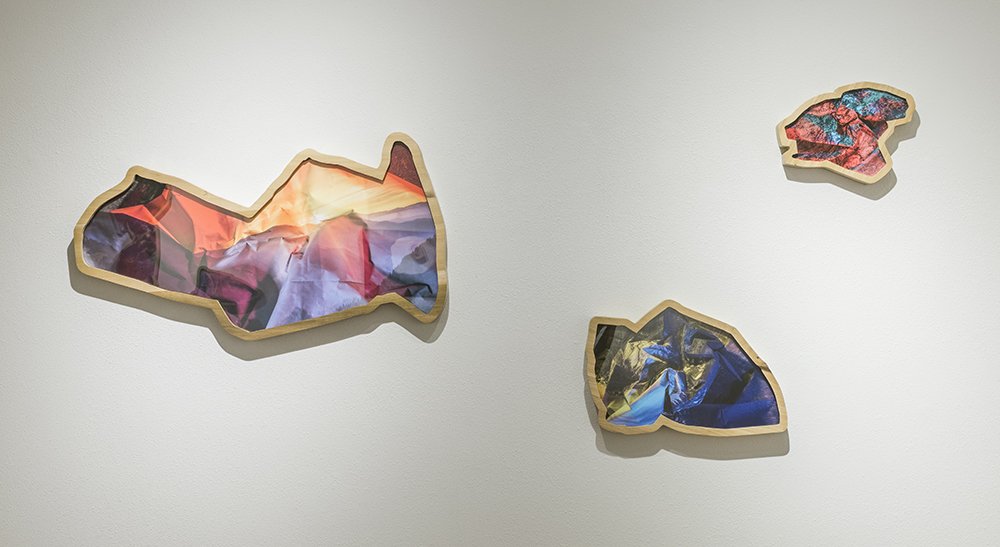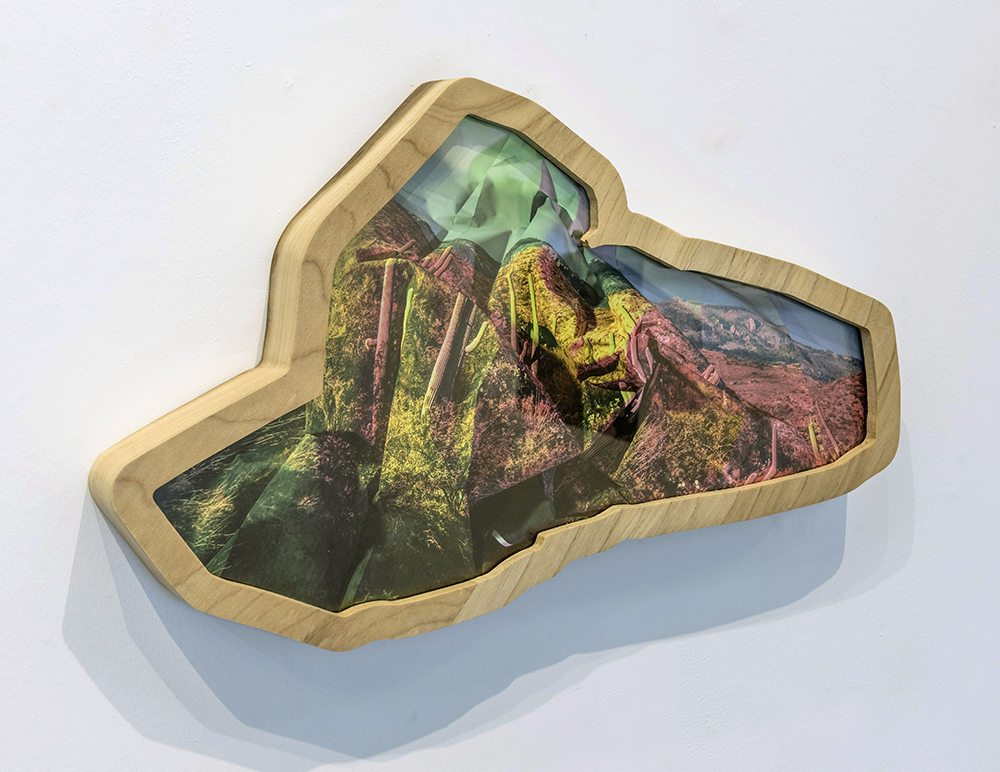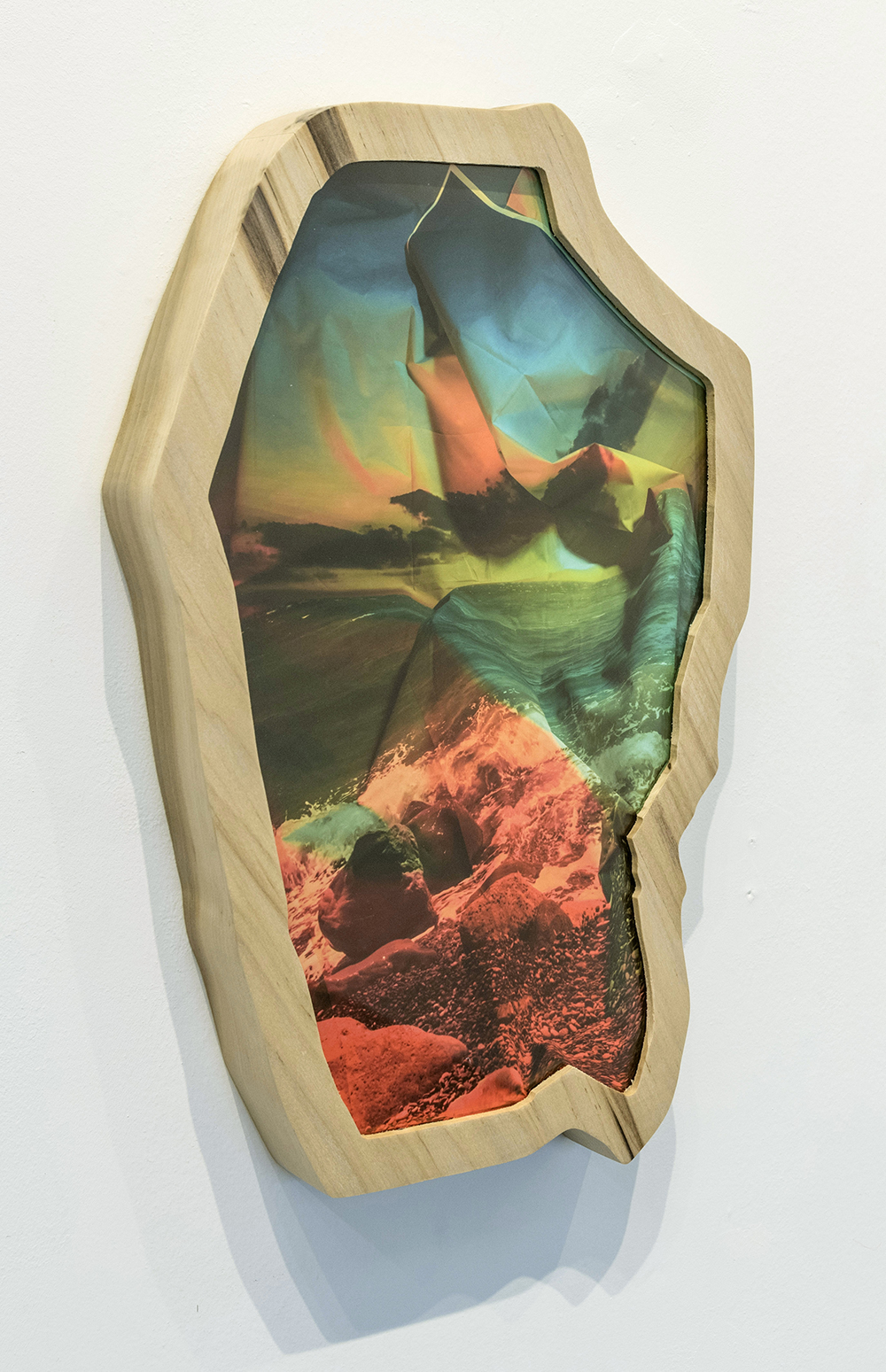Photographers on Photographers: Ashley Kauschinger on Kalee Appleton
For the entire month of August, photographers will be interviewing photographers–image makers who have inspired them, who they are curious about, whose work has impacted them in some way. I am so grateful to all the participants for their efforts, talents, and time. -Aline Smithson
Kalee Appleton is an artist that takes risks and explores. She is fearless in her approach to creating work. Throughout the years I have known her she’s experimented with everything from binary code, to alternative processes, to 3D printing, to CNC routers… not to mention how the installation of her work has evolved to become more sculptural and take photography into new and interesting places. Working in a medium that can sometimes be stuck in traditional ways, Kalee is an artist that is pushing us forward and forcing us to reconsider how we look at photography as an art form.
Ashley Kauschinger is a photographer and book artist that explores female identity and contemporary women’s voices. She received her BFA from Savannah College of Art and Design and her MFA from Texas Woman’s University. Her photographs have been exhibited nationally in venues such as the Light Factory and the Griffin Museum of Photography. She has been published in the PDN Photo Annual, the South Atlantic Review, and Lenscratch, among others. Her work is in the collections of Vanderbilt University and the Sir Elton John Collection.
Ashley is also the Founding Editor of Light Leaked, an online photography magazine that creates dialogue and community. Ashley lives in Columbia, SC where she teaches at the University of South Carolina.
Kalee Appleton is a photography-based artist living in Dallas. Originally from Hobbs, New Mexico, she attended Texas Tech University in Lubbock and received a B.F.A. (2005) in Photography. Shortly after graduation she worked as a corporate and aviation photographer, and later attended Texas Woman’s University in Denton, where she received a M.F.A. (2014) in Photography. Appleton’s work deals with digital technologies and their effects on society, as well as with the nature and materiality of photography. She is represented by Erin Cluley Gallery in Dallas and recently took part in re/thinking photography: Conceptual Photography from Texas at Houston Center for Photography and Fotofest International. Appleton is currently an Assistant Professor at Texas Christian University.
Ashley Kauschinger: What lead you to becoming an artist?
Kalee Appleton: There are a few key influences in my life that I believe lead me on my path of becoming a visual artist. The first is that I come from a family of makers. The majority of my female relatives were hobby crafters. I was taught at a young age to sew and was regularly encouraged to craft when I got bored, which was often. The second influence in my trajectory to becoming an artist was my significant dedication to dance as a young person. I spent around two decades dancing, predominately ballet dancing and while I have no proof of a direct correlation between my dancing and my current artistic career, I believe very deeply that they are connected. I don’t think you can spend 20 years making your body into an instrument of visual art without it affecting your future endeavors. If anything, it made me learn about creating lines and movement. The last influence in my journey to becoming an artist was my first drawing class in college. I began college as a business major at Texas Tech, like so many other students, only to discover that I hated every aspect of it. In order to make college more bearable, I enrolled into a drawing class and while I wasn’t great at drawing, I made considerable improvement. I got to know the other art students and realized that I wouldn’t be happy if I did anything else in life, so I switched my major to Art and the rest is history.
AK: Tell us a bit about your most recent body of work. How did it begin or grow out of your previous works, what is it about, and where did the inspiration come from?
KA: Most of my work for the past three years has been centered around the subject matter of photographic backdrops. I was browsing in a used photography store one day and ran across a number of double sided, vinyl photographic backdrops. I had an immediate sense of nostalgia, having had my photograph taken in from of similar backdrops as a child. I began looking through them and realized the ones that I was most drawn to were the landscape backdrops. I had done a series of abstracted landscapes in graduate school titled Bit Rot and I imagined these backdrops as analog versions of that work. I envisioned them folded or manipulated physically in ways that revealed both sides of the backdrop forcing the scene to become segmented. I became aware that in a way it would resemble my Bit Rot series, so I began purchasing photographic landscape backdrops. My immediate response was to place the backdrops themselves into the gallery space, which I did. My second response was to re-photograph the backdrop and in doing so, was struck by the idea that while these photographic objects’ pure purpose was to be photographed, they were never intended to be the subject. They’re purpose was to halfheartedly lie to the viewer. It was to transport a sitter into an idealized world and I find that very interesting. Another aspect of that work that is a driving force is that the synonymous nature of the landscapes that are depicted begin to speak to the oversaturation of photography in the digital age, which is a common concept that ties much of my past and present work together. I began creating wooden frames that followed the contours of the re-photographed backdrop and using colored gels to reinforce the false nature of them as objects. These frames along with the perception of depth force my work into a pseudo-sculptural realm, which I feel allows me to begin reinterpreting my personal definition of photography.
AK: How do you maintain motivation to keep making and sharing your art?
KA: I get a lot of personal fulfillment out of creating artwork. I’m compelled to make work and its one of my favorite things to do, so I do it. Sharing the artwork is the hard part for me. In some ways sharing can be as easy as posting to Instagram or updating my website, but in other times it’s the hardest part of being an artist. Being vulnerable and sharing work can be difficult in terms of getting people’s attention in a world where millions of photographs are taken every day. In respect to sharing artwork in a gallery setting, it’s a privilege that inevitably is a result of having been rejected more times than accepted. In the end I suppose it’s my personal belief that my work has value and that it contributes to the culture of art and photography. It’s this confidence that propels me to continue attempting to get my work “out there.”
AK: How do you navigate the marketplace—finding galleries, exhibitions, exposure, etc?
KA: This is something that I am still learning to do. I think it beings with building your reputation as an artist/photographer through exhibiting and through networking. This means applying to exhibitions, going to conferences or portfolio reviews, and generally becoming friends with other artists. In art school I was always dumbfounded by the idea of networking. Everyone was telling me to do it and that it was important, but I didn’t understand HOW to do it. I’ve since learned that it really just means being nice to people and investing in getting to know other artists. It means asking your fellow artists what they are working on or what they have coming up in their career. It means going to other artists’ exhibitions and supporting arts organizations.
AK: What defines success for you?
KA: Success for me comes in many forms. Sometimes I’m successful when I return an email that I’ve been putting off returning or when I simply organize my hard drive. On the other hand, I am successful when I have a solo show of work that I’ve worked on for months or I finally got into that exhibition that I’ve been applying to for five years in a row. The thing about success in the artworld though, is that it is short lived. There’s always that next show to think about or that next application due date. There’re always rejection emails coming in. I feel like I have to constantly be proving myself in the artworld and I’m ok with that. It’s just how it is.
AK: What is next for you?
KA: In terms of exhibiting, I currently have a solo show up at the Galveston Art Center in Galveston, TX and have a two-person exhibition coming up at Vincennes University in Vincennes, Indiana in September. One particular exciting new venture for me will be starting a new position as assistant professor of photography at Texas Christian University in Fort Worth, TX in the coming fall semester. It’s a dream come true to be able to teach full time and I can’t wait to get started.
I also have some ideas about some new work I want to make, so I’ll be starting on that very soon.
AK: In true Lenscratch tradition, let’s end by describing your perfect day!
KA: A perfect day for me would consist of, but not limited to any of the following:
- A studio day where everything goes right. I finish some pieces and begin some others. Spotify picks the perfect songs for me to work to and my dogs don’t freak out when someone walks by my studio window.
- A day at the museum with a fellow artist where we see an awesome exhibition that recharges me or makes me reevaluate my art practice.
- Having drinks with colleagues or fellow artists where we talk about art the entire night.
- Having an awesome group discussion with my students and seeing them get excited about art/photography.
Posts on Lenscratch may not be reproduced without the permission of the Lenscratch staff and the photographer.
Recommended
-
Salua Ares: Absense as FormNovember 29th, 2025
-
Ricardo Miguel Hernández: When the memory turns to dust and Beyond PainNovember 28th, 2025
-
Pamela Landau Connolly: Columbus DriveNovember 26th, 2025
-
KELIY ANDERSON-STALEY: Wilderness No longer at the Edge of ThingsNovember 19th, 2025
-
Jackie Mulder: Thought TrailsNovember 18th, 2025

